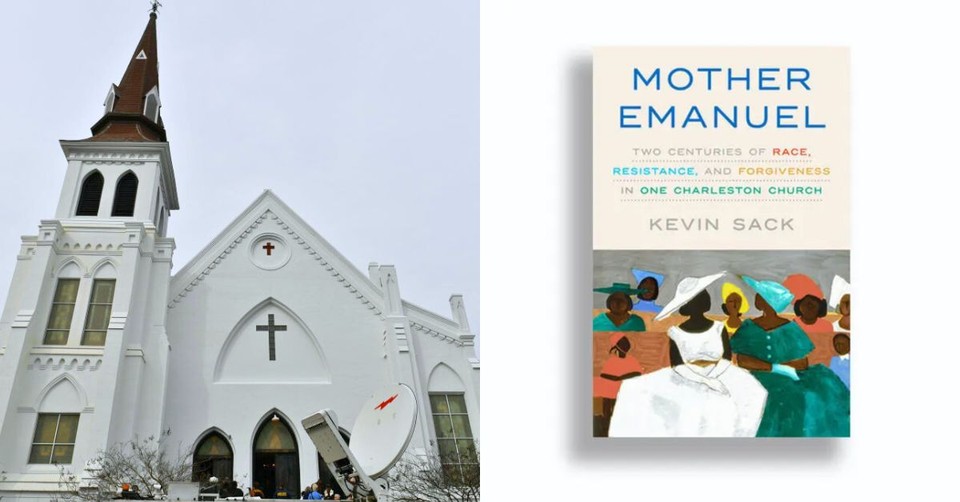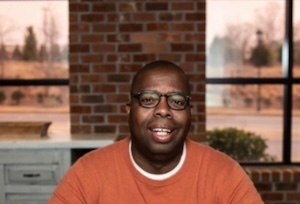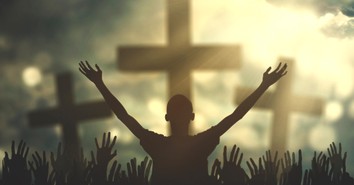Kevin Sack’s New Book Traces 200 Years of Faith and Forgiveness at Charleston’s Historic Black Church

When acclaimed and New York Times Best Selling author, Kevin Sack, began his research on Mother Emanuel, he never thought it would take him down the roads it led to. In his new book, Mother Emanuel: Two Centuries of Race, Resistance, and Forgiveness in One Charleston Church, the forgiveness part resonated with Sack the most. Sack desired to know more about Charleston after the hate crime that happened in Mother Emmanuel Church ten years ago. As Sack began investigating and researching the history of Charleston and the Church, his eyes and heart began to open, into what would lead to the book that many have found to be a profound work and what some would call his best work yet.
Crosswalk Headlines: Where were you when you decided to take on the project?
Kevin Sack: It started immediately. I was home here in Atlanta, and we lived up in Sandy Springs at the time. I turned on CNN and was reading the paper when the very first real-time reports came on the shooting in a church in downtown Charleston, Emanuel, African Methodist Episcopal Church. There were no details about who the shooter was, as soon as they said that it was an AME church, my heart just sort of sank because I knew that it could be a hate crime.
CWH: You've covered many stories. What made this one stand out to you?
KS: I learned more about the history of it and more about some of the significant leaders in the history of the church, and I started to think that there's a way to use this place as a vehicle to tell this broader story of African American life in Charleston over a long period of time. One, because it was Charleston, my view is that there's no city in America with a more significant racial history than Charleston. I also started to feel that you could use the church as a way to explore the larger history of Charleston.
CWH: What did you discover about Black History in general through the church?
KS: This would allow me to tell a longer story and show how one era blended into the next and progressed, how one leader gave way to the next, and how one way of thinking gave way to the next. I was thinking about the importance of the black church, along with the role of the black church, and the level of desecration that had been committed at Mother Emmanuel.
CWH: How many times did you visit Emmanuel to cover the story before moving to Charleston?
KS: I went over the aftermath four times. It wasn't in my story portfolio to cover stories like Mother Emmanuel, but my editor allowed me to cover the story.
CWH: What did writing the book do to your faith?
KS: It deepened my faith, particularly my understanding of the role that faith plays in the lives of believers. I certainly developed a much more sophisticated understanding of the place of forgiveness, both in Christianity at large and more specifically in the black church, and that's really what the last chapter is about. I concluded that the forgiveness that was expressed by those family members at the Bond hearing toward Dylan Roof wasn't really for Dylan Roof, but for themselves.
CWH: What is the one thing, while writing and researching on this story, that you didn't know?
KS: Lots of discoveries along the way, one of the most interesting, I always come back to, was that I found the original deeds for the purchase of the church's property; there were two purchases. The original church, established in 1818 when it was still known as the African Church, served as the predecessor to the current congregation. At that time, they purchased a piece of land in an area called Charleston North, just a little north of downtown. Then, in 1865, after the Civil War, an AME missionary from the North helped revive the church, and they acquired the land where the church now stands. The original deeds, which are in these gigantic bound handwritten volumes, in this dusty room called the reporter of Deeds' office in Charleston, included the name of the 1865 seller. The gentleman was named George Alfred Trium. My wife started Googling him and was the first to realize he was the Secretary of the Treasury for the Confederate States of America. At the time of the sale, he was in prison. The war was over, and the Confederate leaders had all been captured or jailed—he was imprisoned near Savannah. Once one of the wealthiest men in the South, he had a massive financial stake in cotton and shipping and had been a prominent slave owner until the end of the war. But his empire was crumbling, and he was facing bankruptcy. To generate cash, he began selling off his investments. One of the properties he sold was a piece of land on Calhoun Street, which was purchased by five African American trustees who would go on to establish the Mother Emanuel Church.
Photo Credit: ©Getty Images/Anadolu/Contributor

Originally published July 16, 2025.







